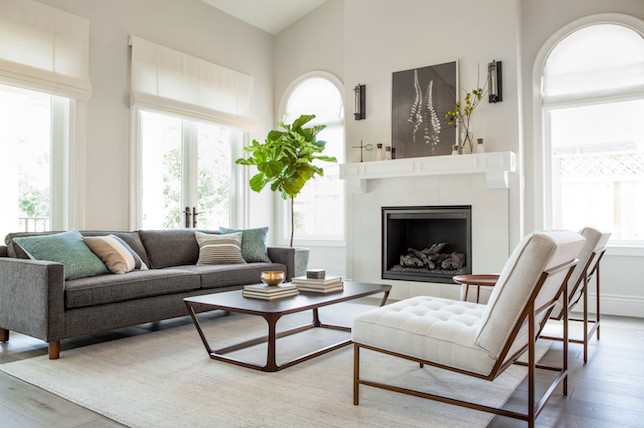Vastu for Home Entrance – Vastu Shastra is an ancient Indian science of architecture and design that aims to create harmonious environments through the proper alignment and placement of buildings and objects.
According to Vastu principles, the entrance to a home is considered an important aspect because it is believed to be the gateway for energy to enter and flow through the house.
Here are some key Vastu tips for your home entrance:
- Direction: The ideal direction for the main entrance is north, east, or north-east. These directions are associated with prosperity, spiritual growth, and positive energy.
- Door Design: The main door should be sturdy, well-proportioned, and made of natural materials like wood or teak. Avoid sliding or revolving doors, as they can disrupt the energy flow.
- Door Opening: The door should open smoothly and in a clockwise direction, symbolizing the flow of auspicious energy into the home.
- Doorway Surroundings: Keep the area around the entrance clean, clutter-free, and well-lit. Avoid placing heavy furniture or plants near the door, as they can obstruct the entry of positive energy.
- Entrance Lighting: Ensure adequate lighting at the entrance, preferably with warm, inviting lights. Avoid harsh or glaring lights, as they can create an uncomfortable atmosphere.
- Auspicious Symbols: Consider placing symbols of good luck and prosperity near the entrance, such as a rangoli, a Ganesha statue, or a pair of swastika symbols.
- Avoid Negative Elements: Refrain from placing sharp objects, mirrors, or garbage cans near the entrance, as they can attract negative energy.
- Plants and Flowers: Place fresh flowers or auspicious plants like tulsi (holy basil) near the entrance to enhance the positive energy.
- Welcome Mat: Keep a clean and welcoming doormat at the entrance to remove dirt and impurities before entering the home.
- Regular Maintenance: Regularly clean and maintain the entrance area to keep it fresh, inviting, and in good condition.
Remember, Vastu is a holistic approach to creating a harmonious living space. By incorporating these principles into your home entrance, you can invite positive energy, enhance prosperity, and cultivate a peaceful and vibrant home environment.
It’s important to note that Vastu principles are just one aspect to consider when designing or renovating a home. Ultimately, the most important thing is to create a space that feels comfortable and welcoming for you and your family.

Best Direction for Home Entrance
Vastu tips for the main entrance of your home:
- Position: The main entrance of your home should be in the North, East or North-East direction.
- Color: The main entrance should be painted in light shades such as white, cream, yellow, beige, etc.
- Direction: The door should open inwards and should be aligned in such a way that it opens towards the North, East or North-East direction.
- Decoration: Avoid keeping heavy furniture or decor items near the entrance.
- Cleanliness: Keep the entrance clean and clutter-free for positive energy to flow in.
- Lighting: Hang a bright light near the entrance to welcome positive energy.
- Plants: Place a few potted plants near the entrance for a natural feel.
- Mirrors: Avoid placing mirrors near the entrance as it will deflect the positive energy.
- Welcome sign: Hang a welcome sign at the entrance to welcome guests with positivity.
- Shoes: Remove your shoes before entering the house as it is considered inauspicious.
Following these Vastu tips for the main entrance of your home will ensure a healthy and happy living.